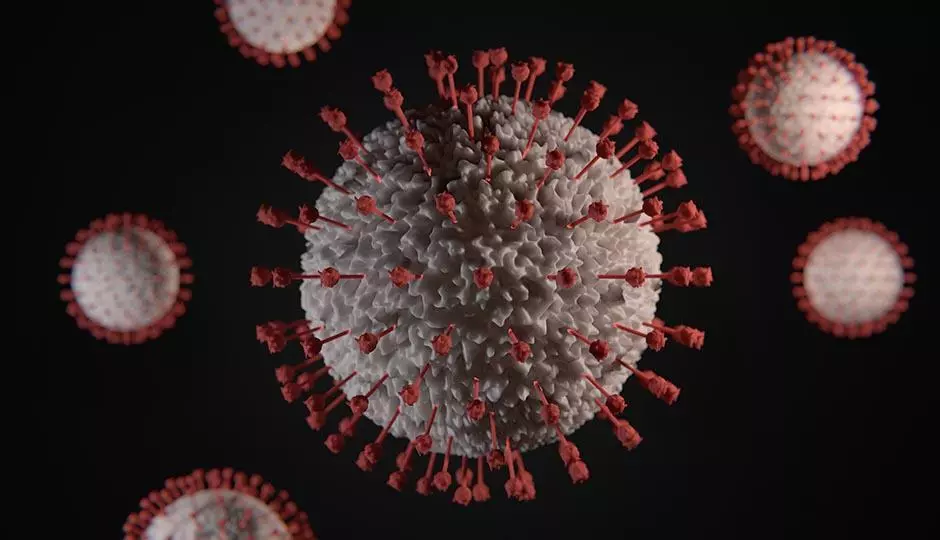What causes male hair loss? While there are a number of potential factors, the most common by far is androgenetic alopecia—or, as it is more commonly known, male pattern hair loss. In fact, this is the underlying cause of 95 percent of all men’s hair loss cases.







But what is androgenetic alopecia, exactly? Basically, it’s a hormonal condition, one in which a harmful testosterone byproduct inhibits normal hair growth. This can cause the follicles to underproduce, leading to a thinning hairline. It is generally thought that male pattern hair loss is a genetic condition.
If you are a man and you are struggling with hair loss, it’s likely that it’s androgenetic alopecia that you have to blame. If you’re not sure, consider the pattern of your hair loss: Most men with this condition will notice a receding hair line and potentially a bald spot on the back of the head. Eventually, this leaves just a U-shaped pattern of hair around the head—a pretty good giveaway that it’s androgenetic alopecia you’re dealing with.
While this is the most common cause of male hair loss by far, it’s not the only cause. There are a few other potential factors that are worth knowing about.
Other forms of alopecia. There are a number of other conditions that fall under the alopecia umbrella, such as alopecia universalis and alopecia totalis. These are extremely rare but can lead to major hair loss, including the loss of hair on the face and all over the body.
Medical hair loss. Male hair loss is sometimes caused by medical treatments—not just chemotherapy and radiation treatments, but even certain oral medications. The good news is that this hair loss is usually reversible once the treatment is ended.
Traction alopecia. Believe it or not, the way you wear your hair can sometimes cause hair loss. The condition called traction alopecia is caused by wearing your hair in a “man bun” or a tight ponytail. These hair styles pull at the hair and can even cause scarring to the follicles—resulting in permanent hair loss.
Trichotillomania. Another extremely rare condition, this nervous disorder is characterized by the compulsive pulling or twisting of the hair. It can cause scarring to the follicles and permanent hair loss.
These are just a few potential causes in male hair loss—but no matter why you’re losing your hair, there are always ways to reverse, restore, or replace it. From hair transplants to custom hair systems, there is always a safe and effective way to look and feel like yourself again.
Schedule an Appointment With Transitions of Wisconsin
Nobody wants to settle for permanent hair loss—and the good news is, you don’t have to. No matter the cause of your thinning hair, there are always ways to reverse it. The first step is meeting with one of our experts for a private, FREE consultation. Schedule an appointment with us today. Contact Transitions of Wisconsin and let’s start discussing hair restoration solutions!



